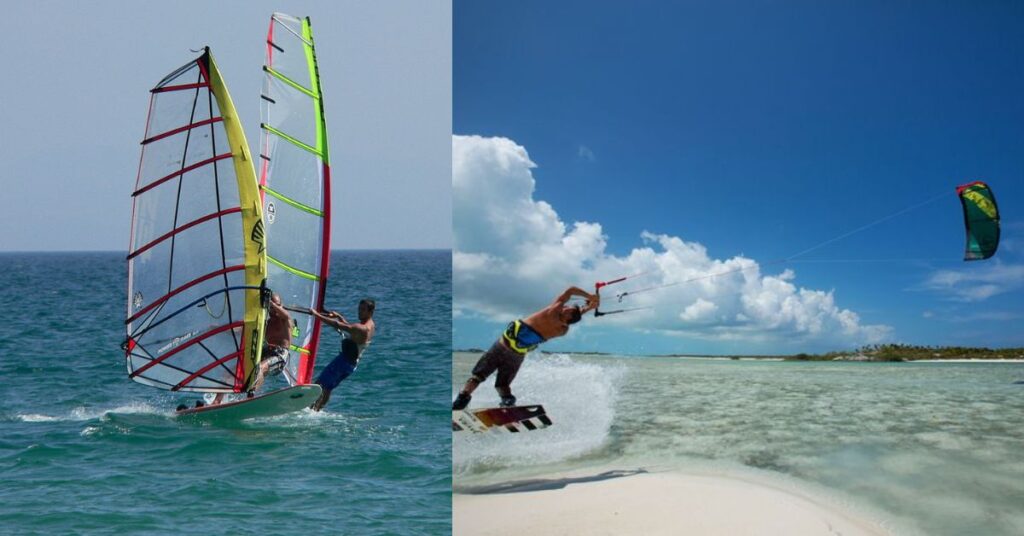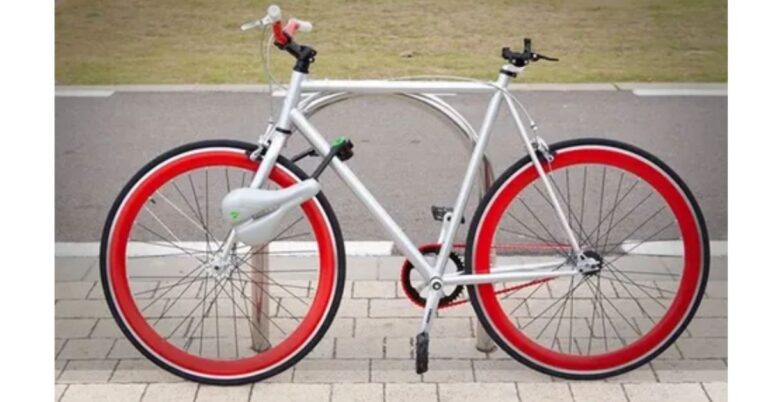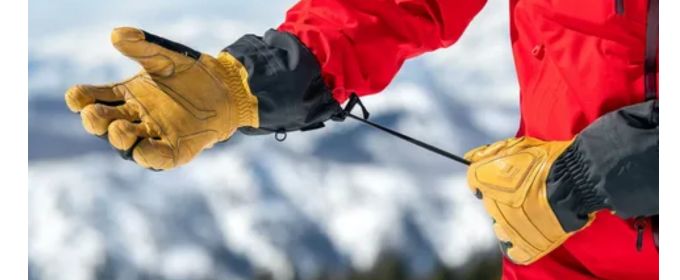Windsurfing Vs Kitesurfing – What Will I Enjoy The Most?
Did you know that over 10 million people worldwide are drawn to the thrill of harnessing wind power in water sports? When it comes to Windsurfing Vs Kitesurfing, the choice can be daunting for newcomers and enthusiasts alike. Both sports offer unique experiences and challenges, but which one will truly captivate your adventurous spirit? In this article, we’ll explore the key differences between these two exhilarating activities, helping you determine which one aligns best with your interests and abilities.
Windsurfing Vs Kitesurfing
Windsurfing and kitesurfing may seem similar at first glance, but they offer distinct experiences that cater to different preferences and skill levels.
Windsurfing combines elements of surfing and sailing, where the rider stands on a board attached to a sail. This sport emphasizes balance, control, and the ability to harness wind power while maneuvering through water. The thrill lies in the direct connection between the rider and the sail, allowing for a nuanced understanding of wind dynamics and the ocean’s rhythm.
Kitesurfing introduces a dynamic element with the use of a large kite that propels the rider across the water. This sport relies heavily on the ability to manage the kite’s power and direction, making it a more exhilarating yet technically demanding experience. Kitesurfers often enjoy greater freedom in choosing their riding spots, as they can launch their kites from various locations and ride in lighter winds compared to windsurfing.
Each sport fosters a unique community and culture, with windsurfers often gravitating towards coastal areas with consistent winds, while kitesurfers can thrive in diverse environments, from lagoons to open seas.
Is Kitesurfing Easier than Windsurfing
Windsurfing provides a stable platform with its board and sail, helping beginners balance while using the wind. The sail gives quick feedback, helping new riders learn how to steer and control speed, which can be exciting.
Kitesurfing requires skill in controlling the kite and positioning your body. Although it may seem challenging at first, many find that once they learn to control the kite, the excitement of gliding over the water is incredible. Kitesurfing has a steep learning curve because it requires understanding wind conditions and safety rules.

Those who keep practicing often enjoy riding the waves, making each fall feel worth it. Choosing between windsurfing and kitesurfing depends on your preferences and what kind of adventure you seek. Both sports offer unique challenges and rewards for water lovers.
Learning to windsurf
Windsurfing is more than just a sport; it’s an exhilarating dance between wind and water that invites you to harness nature’s elements. The first step in your windsurfing journey is understanding the equipment your board, sail, and harness become extensions of yourself. As you strap in, discover that balance isn’t merely a physical act but a mental one, requiring focus and adaptability. Each gust of wind teaches you something new, encouraging you to let go of fear and embrace spontaneity.
As you glide across the water, you’ll find that the learning curve is steep yet thrilling. The initial falls can be disheartening, but each splash is a lesson in resilience. In those moments of struggle, realize that windsurfing fosters a unique sense of community; fellow enthusiasts often share tips and encouragement, transforming what might feel like isolation into camaraderie. It’s not just about mastering the technique it’s about connecting with the environment and experiencing the sheer joy of freedom on the waves.
Learning to kitesurf
Kitesurfing is more than just using the wind; it’s an exciting mix of nature and human spirit. When you put on your board and feel the wind, each wave becomes a chance to express yourself. At first, learning can be tough. You need to master kite control while balancing on the board, which takes patience. But those early challenges turn into thrilling moments of freedom as you glide through the water, powered by the wind.
A big part of kitesurfing is the community you become a part of. Whether you’re sharing tips with beginners or stories with experienced riders, the friendships on the beach create a special bond. This sport thrives on teamwork; it’s not just about personal success but also about celebrating progress together. Each session allows you to learn from your own experiences and from watching others, helping everyone improve.
As you get better, you’ll see that kitesurfing is not just about physical skills; it builds mental strength and respect for the ocean. Learning about wind patterns and water conditions sharpens your instincts, while riding the waves connects you deeply with nature. By embracing this adventure, you’ll find that kitesurfing is not just a sport; it’s a journey of self-discovery that changes how you see the world.
Windsurfing and Kitesurfing Gear
Windsurfing Gear
Windsurfing requires a board with a sail attached to it. The rider stands on the board and uses the sail to catch the wind and move across the water. Essential gear includes the board, sail, and a mast.
Kitesurfing Gear
Kitesurfing uses a board and a large kite. The rider stands on the board while the kite pulls them across the water. Key equipment includes the board, kite, lines, and harness.
Gear Cost
When diving into the world of windsurfing and kitesurfing, the initial gear investment can vary significantly based on skill level, brand preferences, and specific needs. For beginners, it’s possible to find decent quality packages that include a board and sail for windsurfing, or a kite and board for kitesurfing, ranging from $800 to $1,500.
As you advance and seek more specialized equipment like performance sails or high-aspect ratio kites the costs can soar to several thousand dollars. It’s worth considering that investing in good gear upfront often leads to a more enjoyable learning experience, reducing the temptation to upgrade too frequently.
The secondary market offers exciting opportunities to snag high-quality gear at a fraction of the retail price. Seasoned surfers often sell their equipment as they upgrade or shift to new models, providing beginners with access to excellent gear without breaking the bank. The secondary market offers exciting opportunities to snag high-quality gear at a fraction of the retail price. Seasoned surfers often sell their equipment as they upgrade or shift to new models, providing beginners with access to excellent gear without breaking the bank.
Transporting your gear to the water
Transporting your gear to the water can feel like an adventure, especially for windsurfers and kitesurfers. Windsurfers need to carry a heavy board and sail, so they should pack carefully. A good board bag protects the equipment and makes the walk to the launch site feel exciting instead of exhausting.
Kitesurfers face their own challenges with multiple kites, lines, and boards that can easily get tangled. The key is to stay organized. Using a backpack or wheeled cart can simplify transport. This makes it easier to move across sandy beaches or rocky shores. It’s also important to know your local area; those who understand their surroundings often find shortcuts that make the journey more enjoyable.
Gear life
When diving into the gear life of windsurfing and kitesurfing, it’s essential to appreciate the unique durability and maintenance needs of each sport’s equipment. A kitesurf kite typically has a lifespan of 3 to 5 years, depending on usage and conditions. The constant exposure to UV rays, saltwater, and high winds can take a toll on the fabric and seams. Regular care, such as rinsing after sessions and proper storage away from direct sunlight, can significantly extend its life.
Windsurf sails generally boast a longer lifespan of 5 to 10 years. Their robust design and materials are engineered for resilience against the rigors of wave and wind action. This durability doesn’t mean they are invincible; wear and tear can occur, especially at the leading edge where it meets the mast. By investing in regular inspections and repairs, enthusiasts can maximize their gear’s potential while enjoying countless adventures on the water.
Understanding these nuances not only enhances your performance but also cultivates a deeper connection with your equipment, turning every session into an opportunity for growth.
Where to kitesurf/windsurf at?
When it comes to kitesurfing and windsurfing, the location can make or break your experience. One standout destination is the vibrant shores of Tarifa, Spain, where the convergence of the Mediterranean and Atlantic creates ideal wind conditions year-round. Known as the wind capital of Europe, Tarifa boasts diverse spots catering to both beginners and seasoned pros. The stunning backdrop of the Sierra de la Plata mountains enhances the thrill, making every ride feel like a journey through nature’s playground.
Across the globe, the exotic beaches of Mauritius offer a unique twist for enthusiasts. Here, the lagoons are not only crystal-clear but also feature consistent trade winds that provide an exhilarating ride while you soak in breathtaking views of coral reefs. The warm waters and vibrant marine life add an adventurous layer to your session, making it perfect for those looking to combine water sports with snorkeling or diving. With local schools offering personalized lessons, Mauritius also welcomes newcomers to experience this adrenaline-pumping sport in a paradise setting.
Wind range
The wind range for kitesurfing can turn a regular beach day into an exciting adventure. Many think kitesurfing is only for strong winds, but the best wind conditions depend on the rider’s skill, kite size, and board type. Beginners usually prefer lighter winds of 10 to 15 knots, which help them learn to control the kite without feeling stressed. More experienced riders enjoy stronger winds of 15 to 25 knots, allowing them to show off their skills and tricks.
Knowing about wind conditions helps kitesurfers connect with nature. For example, the wind direction matters; offshore winds create flat water that is great for tricks, while onshore winds make the water choppy, which can be tough even for skilled riders.
The range of wind in windsurfing is important because it affects how accessible the sport is and how each rider experiences it. Windsurfers perform well in various conditions, with the best wind speeds between 10 and 25 knots. Different wind strengths change the sport’s dynamics. Light winds are great for beginners to learn balance and technique at a manageable speed, while strong winds challenge experienced riders, giving them thrilling moments as they navigate waves.
Knowing the different wind conditions can deepen appreciation for windsurfing. Gusty winds create unexpected challenges, requiring good timing and flexibility. In contrast, steady winds provide a smooth ride, ideal for practicing skills or enjoying a relaxing outing.
High performance sailing
High-performance sailing through kitesurfing and windsurfing is more than just a sport; it’s an exciting way to connect with nature. Both sports use wind energy in different ways, but they share a common goal.
Speed and agility on water
Kitesurfers ride the waves using a powerful kite, allowing them to jump high and perform tricks. Windsurfers use their boards and sails to glide smoothly over the water, mastering balance and control. This interaction creates a lively community where new ideas and gear designs keep improving performance.
The excitement of high-performance sailing comes from the bond between the rider and their equipment. Kitesurfers try different kite shapes and sizes to get the best experience based on the wind, constantly pushing their limits. Similarly, windsurfers focus on improving their skills with new materials and board designs that boost stability and speed.
The result is an impressive display of talent and creativity as riders chase personal records, race against time, or simply enjoy the thrill of using nature’s power. As these sports grow, they encourage enthusiasts to take on new challenges, whether it’s tackling tough waves or racing across open water, all while deepening their connection with nature.
Danger and safety
When it comes to danger and safety, the thrill-seeking nature of kitesurfing and windsurfing brings a fascinating dichotomy to the forefront. Kitesurfers often dance on the edge of risk, their kites soaring high above as they harness the wind’s raw power. The rush is intoxicating, but it’s not without peril; an unexpected gust can send a rider tumbling into the surf, where the line between exhilaration and chaos blurs. Here, safety becomes not just a guideline but a mantra, with every seasoned kiter knowing that respect for the elements is non-negotiable.
The windsurfers embrace their own unique set of challenges, navigating through powerful waves with a board firmly attached to their feet. While the equipment feels more stable, the risks lurk beneath the surface sharp fins, sudden changes in wind direction, and the potential for wipeouts can turn a serene session into a fight for survival in seconds.
Both sports teach a critical lesson: safety gear isn’t just for show; it’s your lifeline when the winds shift unexpectedly. The dance with danger enhances the joy of riding, reminding us that every exhilarating moment is wrapped in a cloak of responsibility.
Physical conditioning
Physical conditioning isn’t just about building muscle or burning calories; it’s the art of harmonizing your body with the demands of your sport. Think of it as tuning your kite or sail every adjustment enhances performance.
For kitesurfers, flexibility and core strength are paramount; they allow you to maneuver with grace and control as you carve through the waves. Imagine how a well-conditioned body responds like a finely tuned kite, catching the wind just right for those exhilarating jumps and smooth landings.
windsurfers rely heavily on endurance and upper body strength, as they must balance the rig while harnessing the power of the wind. It’s a dance between stability and agility, where each gust requires not just strength, but also an acute awareness of body mechanics. Incorporating dynamic exercises that mimic these movements can elevate your game, transforming fatigue into fluidity.
Windsurfing
| ✔️ | ❌ |
| Better for light winds and very high gusty winds | Very difficult to learn to an advanced level |
| Easier to learn to a beginner level | Gear is difficult to transport and store |
| Good for cruising around on light air days | More physically demanding in high winds |
| You can go out in waves and surf | You need water deep enough to clear the fin and daggerboard |
| You can foil and go really fast | |
| Windsurfing longboards can also be used for Stand Up Paddleboarding |
Kitesurfing
| ✔️ | ❌ |
| Easier to transport gear | More dangerous |
| Steep learning curve but easier to get to fast, exciting planing skill level with instruction | Kites do not last as long as sails and harder to repair |
| Can be used in shallower water | Need more setup space and assistance with kites |
| Less physically demanding | |
| You can foil and go really fast | |
| You can go out in waves and surf | |
| Easier to do tricks and jumps |
Read Also :7 Best Ski Boot Bags of 2025 Helpful Guide
FAQs
Which is better, windsurfing vs kitesurfing ?
Windsurfing involves a board with an attached sail, while kitesurfing uses a board and a large kite controlled by lines.
What is fun about windsurfing?
Windsurfing combines the thrill of surfing with the challenge of sailing, allowing you to glide over water at high speeds while performing tricks and maneuvers.
What are the dangers of windsurfing?
Windsurfing can involve risks such as drowning, collisions with other surfers or obstacles, and injuries from falls or equipment malfunction.
Is windsurfing a dead sport?
While it may not dominate the headlines like some other sports, windsurfing still has a dedicated community and is enjoyed by enthusiasts around the world.






